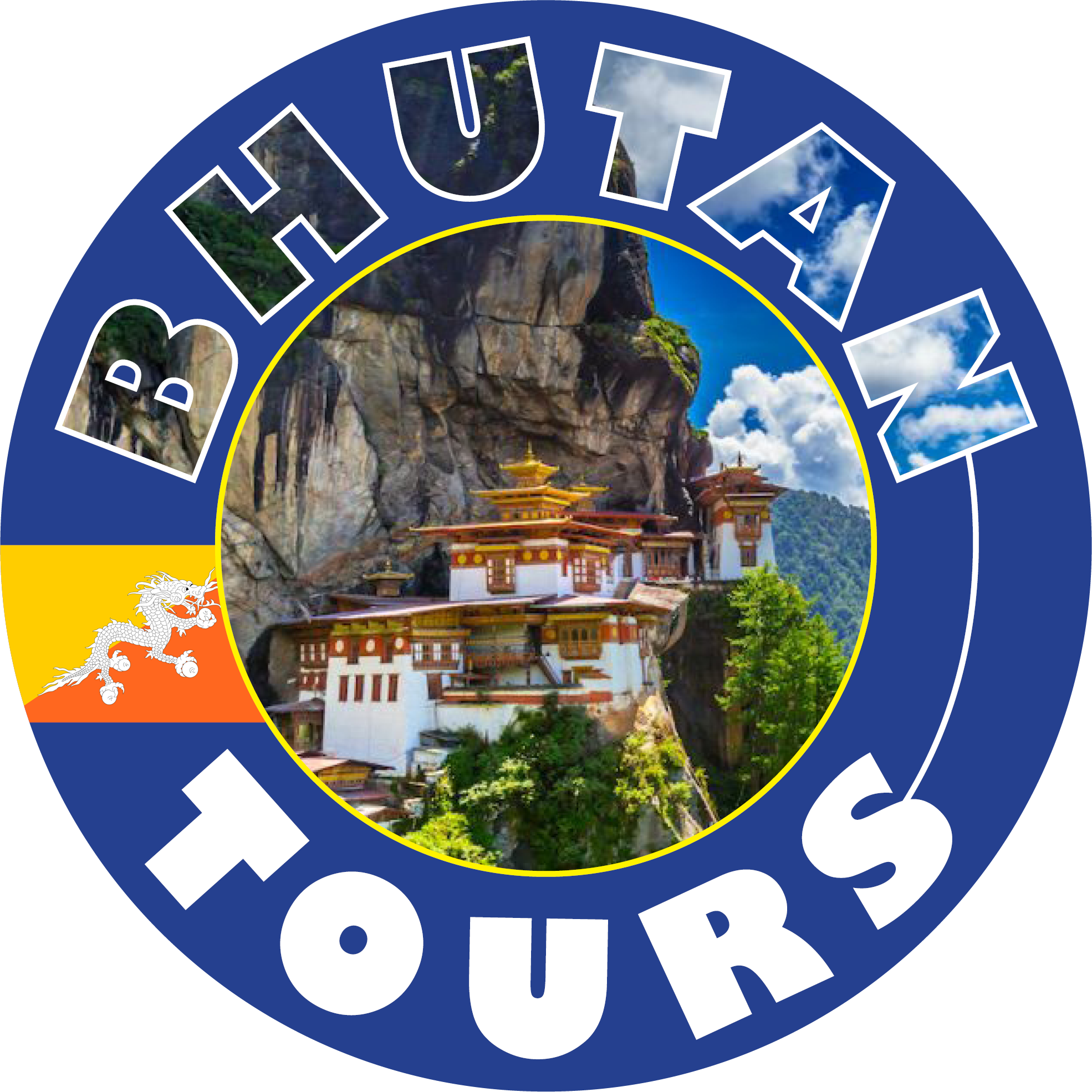Overview
The Facts about Bhutan is that Bhutan is a landlocked country in south Asia with a total area of 47,000 sq. km. The Kingdom of Bhutan is located between China and India. Bhutan is divided in 20 Dzongkhags (Districts). There are about 205 Gewogs (village blocks) which are further divided into numerous Thromdes (municipalities). Thimphu is the capital of Bhutan and also a famous tourist destination. The population of Bhutan is around one million. Bhutan is a diverse country in terms of its formation and geography. The highest point in Bhutan is also Gangkhar Puensum which is located at the height of 7570m above the sea level, the lowest point is recorded at Drangme Chu which is 97m above the sea level. Bhutan is derived from a Sanskrit word ‘Bhu’ and ‘Uttan’ where Bhu means high and Uttan means land.
Exploring Bhutan: From Monarchy to Democracy, and the Wonders Within
Bhutan is also a country with constitutional monarchy and King is the head of state. The incumbent King of Bhutan is Jigme Khesar Namgyal Wangchuk. The monarchy in Bhutan was established in 1907. The first democratic election was held in 2008. The tourists were not allowed to visit Bhutan until 1974. The citizen of other countries (except Bangladesh, Maldives and India) are required to issue VISA while travelling to Bhutan. There are two ways to enter Bhutan, one is by road and the other is by air. Paro international airport is only the international airport in the county. Druk air also serves as a national airline for Bhutan and has direct flight to and from Kathmandu, India, Bangladesh, Thailand and Singapore.
Currency
The currency of Bhutan is called Ngultrum with currency sign Nu. The people of Bhutan are called Drukpas. There are also three main ethnic groups in the country known as Ngalops, Sarchops and Lhotshampas. Bhutan is embodied with rich and unique culture and tradition.
A remarkable 26 percent of the entire area of the county is designated and protected as national parks and sanctuaries. The northern region of the country is also the home for the highly endangered black-necked crane. Anyone found guilty of killing or injuring the sacred bird could be sentenced to life in prison. The national animal of Bhutan is ‘Takin’; a goat-antelope and the national bird is raven. The Himalayan blue poppy is also the national flower of Bhutan. Agriculture is the main occupation of people living in Bhutan. Dzongka is the official language of Bhutan and the national dress code is known as Driglam Namzha. The national sports of Bhutan are archery and darts. Gangkhar Puensum is the highest peak of Bhutan which is at an elevation of 24,540 feet.
Religion
The constitution also serves equal rights for people of any religion residing in the country. Facts about Bhutan in terms of religion Buddhism is the official religion of Bhutan as majority of people living in Bhutan follow Buddhism as their religion. It is only Mahayana (tantric) Buddhist Kingdom in the world. Approximately 70 percentages of the population of Bhutan practice Drukpa Kagyupa or Ningmapa Buddhism; both are the disciplines of Mahayana Buddhism. There are also substantial number of people who practice Hinduism in the country. Approximately 28 percent of the population practice Hinduism as their religion. Likewise, five percent people practice Islam and very minor population practice Christianity.
This Facts about Bhutan overview merely scratches the surface of Bhutan’s allure. A voyage to this Himalayan jewel promises not only awe-inspiring landscapes but also a profound understanding of a nation that has masterfully blended tradition with progress, ensuring that its heritage continues to flourish in the embrace of modernity.
